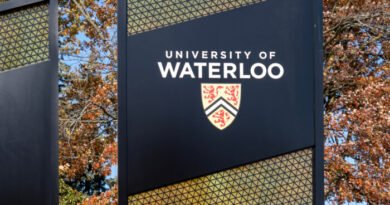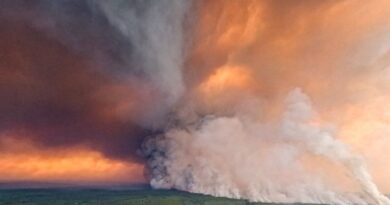South Australian Government Reveals Strategy to Eliminate Feral Deer within a Decade
The initiative aims to address the considerable impact of these animals on agriculture and the environment. The South Australian (SA) government has announced a plan to eradicate feral deer, one of Australia’s worst pest animals in rural areas. The feral deer eradication plan focuses on ridding the long-term impact of the pest within ten years. Feral deer caused about $36 million (US$23 million) in losses for SA farmers last year by damaging crops, pastures, grapevines, fences, infrastructure, and spreading weeds. They also pose environmental and road safety concerns. Minister for Forest Industries Clare Scriven said (pdf) eradication would increase the profits of the state’s agriculture sector, which supports over 70,000 jobs, to $525 million. She said this could be achieved if everyone worked together through the plan’s coordinated control programs, mainly aerial culling.
“There is growing enthusiasm to tackle this problem together and stop feral deer in their tracks,” Ms. Scriven said. In addition, she said the government will invest over $2 million in feral deer management between 2021/22 and 2024/25. Aerial Surveys Began Last Week It comes as the SA Department of Primary Industries and Regions (DPIRD) said the number of feral deer in the state was low enough for eradication to remain an option. In May 2022, an estimated 40,000 feral deer were in the state, and 11,000 have since been “removed,” DPIRD said. Meanwhile, on Oct. 6, DPIRD began aerial deer surveys to get population and density information from three locations where feral deer populations are known. DPIRD Technical Area Manager Peter Adams said Esperance, Muchea, and Harvey were chosen because they have red, fallow, and rusa deer populations. “These sites will be the focus of ongoing monitoring, which will support the development of tools and strategies to support effective and efficient control of deer,” Mr. Adams said. DPIRD urged the site’s landowners and community to report feral deer observations through the DeerScan online portal to assist in ongoing surveillance.
‘No Other State Has Shown This Level of Ambition,’ Advocates Say The Invasive Species Council’s advocacy manager Jack Gough praised the SA government for its “fantastic leadership.” “No other state has shown this level of ambition or committed the funding and focus needed to eradicate feral deer. It would be a monumental achievement if they can get there and set a country-wide precedent,” Mr. Gough said. He said New South Wales (NSW) and Victoria “delayed decades” of deer eradication. As a result, their deer population surged up to two million, making eradication impossible. “South Australia still has a small window of opportunity to eradicate them before the numbers are out of control,” he said. However, he said the SA government must increase the funding to match their ambition. “To be successful, the program needs at least $14 million over the ten years, with the majority of that front-ended. At this stage, there is only $1.1 million per year allocated for three years, which is about $1.5 million short of what they need to achieve the initial knockdown targets set out in the Strategic Plan,” he said.
Victoria MP Calls for Changes to Culling
Meanwhile, MP Jeff Bourman strongly opposed the aerial culling component of the deer population control plan in his state of Victoria. “The shooters performing the cull can really only shoot to stop, not come back to find the animal later to finish it off,” he told the legislative council on Nov. 15 (pdf). “I reiterate, this is culling not hunting, and to fulfill their obligations, the shooter will need to … get as many animals as possible because helicopters are not cheap.”[1] Therefore, he suggested a ground-based cull as “a much more precise way of taking animals.” He explained that licensed cullers would collaborate with farmers to harvest deer on their properties and compensate them based on a per-kilogram rate. “This initiative has seen overabundant wild deer go from being a problem for some farmers to being an income-producing resource,” he said. He added the logical next step is to allow a dual-licensing scheme for butchers, where they provide meat cleaning and separation to hunters, putting more money into regional economies. He also called for giving the extra hunted deer to homeless shelters. “Should the deer that the government is paying to have killed anyway be left to rot and waste, or should the premium-quality meat be used to help relieve the cost-of-living pressures for disadvantaged people in our society?” he asked. He said the scenario was a “win-win-win” situation. “We get carcasses out of our public land reserves, we get premium-quality meat to families and charities who need it, and we provide income and scale to commercial processors in regional Victoria,” he said. He noted that the Turangi Foodbank in New Zealand received donated deer meat. He pointed to the foodbank’s statement: “By feeding families, we contribute to the community’s well-being, take pressure off families under stress financially and mentally, and help reduce family harm, depression, and many other issues.” “If it can be done there, it can be done here,” he said.
Source link




